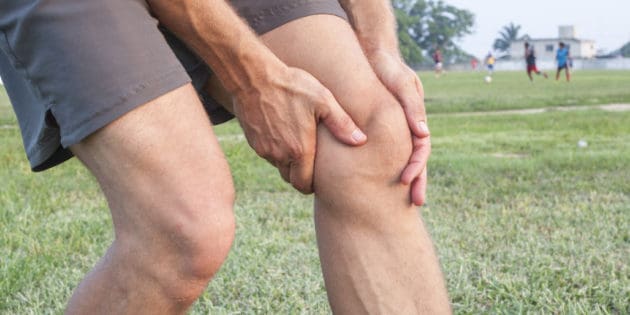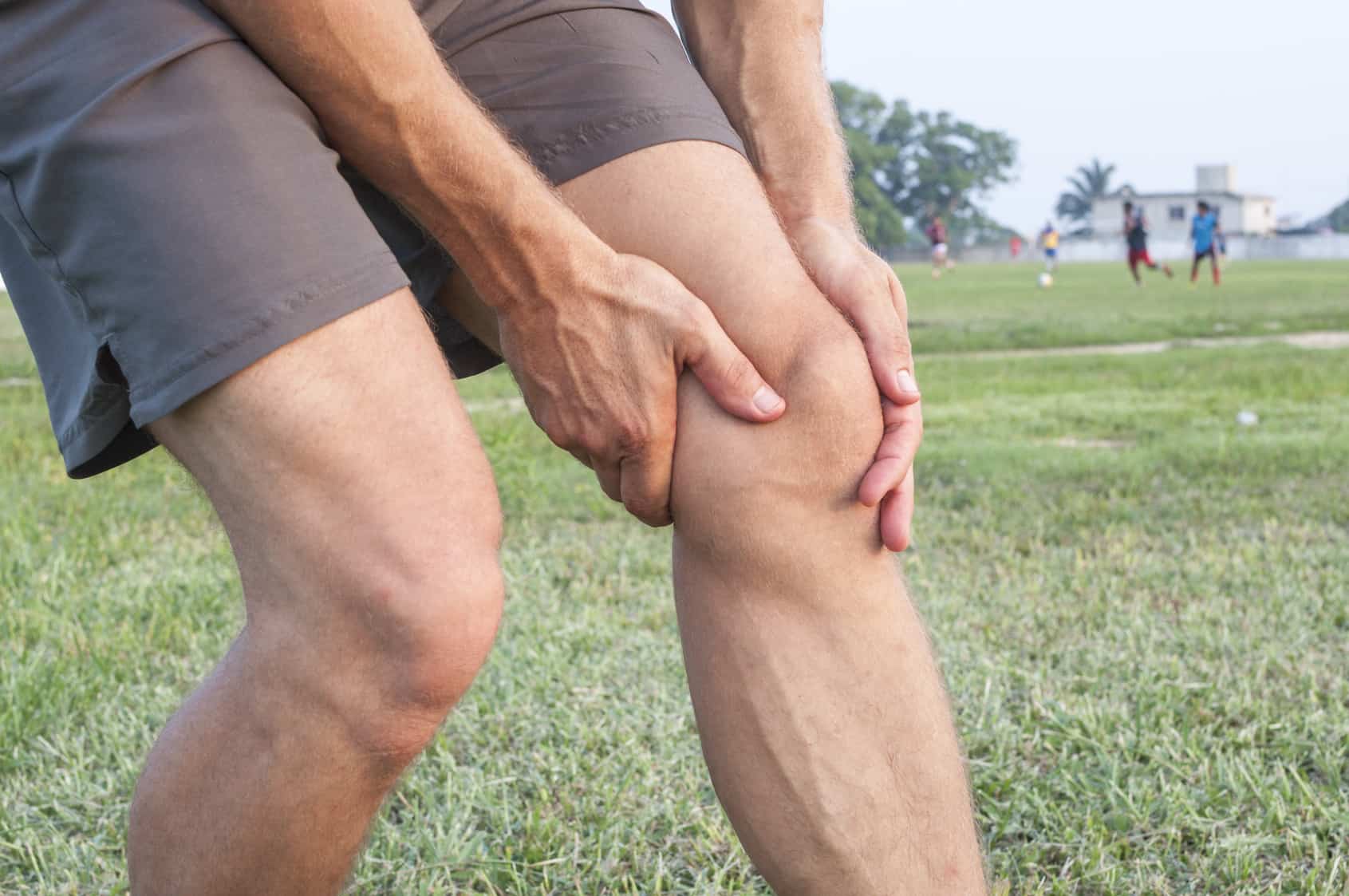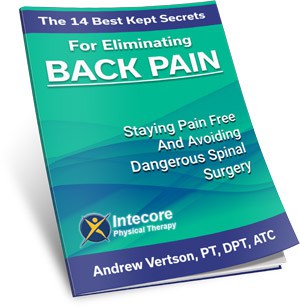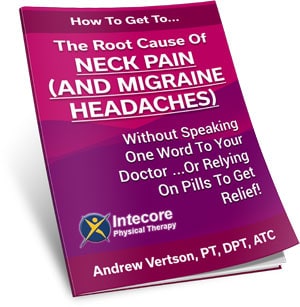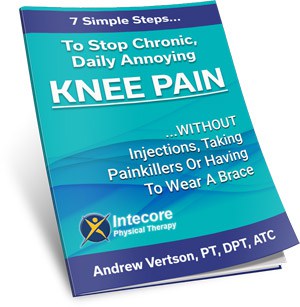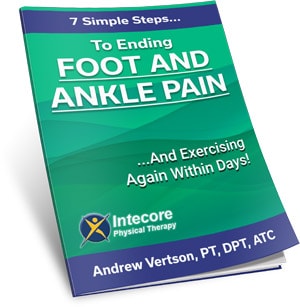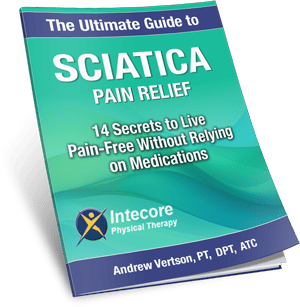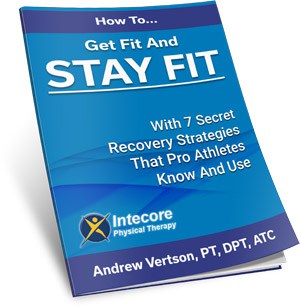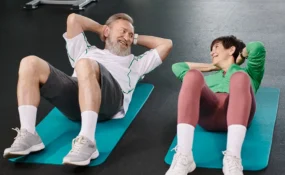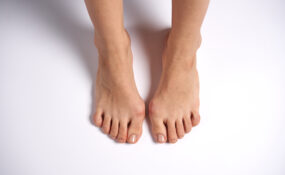A patient came into the clinic last week limping with knee pain and asked:
“I’ve had this knee pain for a few weeks now, I’m not sure what I’ve done to it but I’ve tried taking Advil and that didn’t help.
I was trying to rest it so that it wouldn’t hurt, but whenever I stood up and started moving, it hurt again so I had to sit down.
Now I’m wearing a brace to see if that helps, but I can still feel the pain when I take it off.
Is there anything else I can do to get rid of the pain.”
I know how frustrating it can be when you’re not sure what you’ve done to hurt your knee, and even more frustrating when everything you’re trying to do to get rid of the pain – doesn’t do a thing to make it feel any better.
Everyone always thinks and hopes that there will be a “quick fix” to their problem.
And because we see people confused and fed-up about what can be done to help with their knee pain, I wanted to address this idea of “quick fixes” for your knees – or for any joint problem, whether it’s your knees, back, neck, wherever, and tell you why they are not good.
With that said here’s the Three most common “Quick Fixes” that people THINK ease their knee pain, but that actually do the opposite:
- Reaching For The Painkillers
When you’re in pain, let’s face it, one of the easiest things to do is reach for the painkillers to “kill” the pain, quick.
It’s also unfortunately the first option that your doctor will give you to help your knee pain.
But the thing is painkillers won’t get to the root cause of your problem and actually do anything to fix it – they just mask the pain instead, which doesn’t help anyone.
And at the end of the day, that pain will still be there when the painkillers wear off. So it’s better to do something to fix your pain long-term instead.
- Resting
When pain strikes, it’s very tempting to do nothing but rest “in case the pain gets worse”, which means many people end up laying on the sofa watching their favorite TV shows on Netflix…
But when it comes to knee pain, ‘rest’ actually means to not do ‘too much’.
If you rest too much (A.K.A. not move much at all), your joints will become stiff and tight, which can make your knee feel even more achy when you try to move it.
To actually help your knee, you could go swimming, go for a light walk on a flat surface, try yoga, or go for a bike ride – basically any low impact exercise will help keep you moving and not place any added pressure on your knees.
And lastly…
- Wearing a Support
Things like knee supports should ONLY be used as a last resort.
Wearing a support on your knee on a daily basis to try and ease the pain is actually masking the pain and creating an even bigger problem!
The best way I can explain it is to imagine you have a broken leg or arm and you have a cast put on it.
After 6 weeks or so, when the cast is taken off, the muscles underneath are weak – it’s exactly the same as wearing a support every day.
Because it supports your joint, it takes the pressure off your muscles, but doing this will make your muscles lazy which will make them weaker.
Once the pain has lessened and you take off that support, there’s a very strong chance it could come back quicker and worse than before!
So there you have it, 3 ‘quick fixes’ that people think ease their knee pain, but do the opposite.
Painkillers, rest, and wearing a support are not the answers!
When it comes to your joints, these quick fixes are not the way forward to fix your problem long-term
- 7 Ways to Get Rid of Tension Headaches Naturally - July 1, 2025
- Why Are My Feet Swollen? Common Causes Explained - June 2, 2025
- What Is Restless Leg Syndrome? Symptoms, Causes, and Relief Options - May 5, 2025

